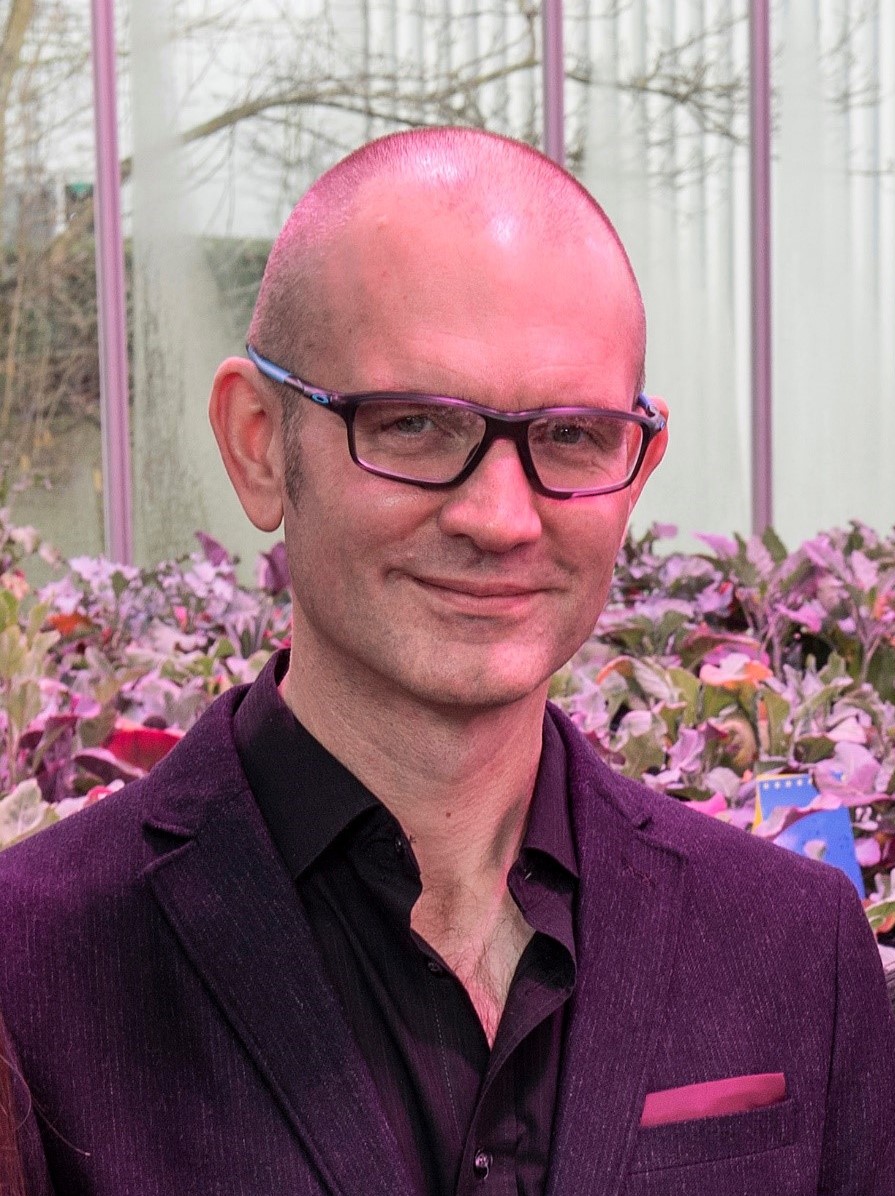Q&A with Quantitative Plant Biology Associate Editor: Richard Morris

Launched in 2020, Quantitative Plant Biology is an open access journal, co-published by Cambridge University Press and The John Innes Centre with the aim of providing an interdisciplinary forum for high quality research on ground-breaking discoveries and predictions in quantitative plant science.
We sit down with Institute Advisor Richard Morris to learn more about his background, and hear his thoughts on what this community-driven journal means for the plant science community.
Can you tell us a bit about your background, and what your current research is focused on?
I have a passion for mathematical and computational approaches. I completed degrees in physics (BSc), theoretical physics (MSc, Dipl. Ing.) and mechanical engineering (B. Eng.) and then did a PhD in computational biology at the European Molecular Biology Laboratory and the Karl Franzen University in Graz (Dr. rer nat.).
My current research is focussed on how plants sense and respond to their environment.
What has been your biggest challenge/greatest achievement in your career so far?
My greatest achievement is whatever manuscript I am currently working on. That aside, I think my greatest achievement has been to encourage quantitative thinking in plant biology and help other researchers, in particular students, get to grips with mechanistic modelling and associated computational approaches.
The biggest challenge is to find time to work on all the things I want to work on.
Why did you decide to become an Associate Editor/Institute Advisor?
I’m passionate about getting to the underlying mechanisms of things and using mathematical and computational approaches as a means of shedding light on processes. I think that quantification is a key step towards unravelling the complexities in plant biology. Joining such a strong team of associate editors with great journal staff and an enthusiastic editor-in-chief with a vision for promoting quantitative approaches in plant biology was an opportunity I didn’t want to miss.
How will Quantitative Plant Biology benefit your research field?
I hope this journal will help promote the more widespread acceptance and use of physical thinking in biology and advance the application of computational, mathematical and statistical approaches in the plant biology. I think we can lead for the way for open and reproducible research in this area.
I think we need more numerate researchers in plant biology and I’m hoping that this journal will help encourage more interdisciplinarity, more discipline hopping, and provide a home and forum for promoting quantitative ideas.
Do you have any advice for authors submitting to Quantitative Plant Biology?
We’re looking for stories that shed light on the biology and provide insights that might have been difficult to get without taking a quantitative approach.
If you’re doing any kind of plant biology, it should be quantitative so there’s no excuse for not doing research that doesn’t fall within our remit.
What excites you about Quantitative Plant Biology?
The “quantitative” bit. Oh, and the “plant biology” bit too.
I’m excited about the direction that plant biology is currently taking and the enhanced focus on mechanisms, understanding and predictions. Quantitative Plant Biology aims to promote this effort by bringing the community together around quantitative approaches in plant biology.
To submit your paper, go to: cambridge.org/qpb and click on ‘submit your article’
You can also find lots of useful information under the information tab, such as: Instructions for contributors






